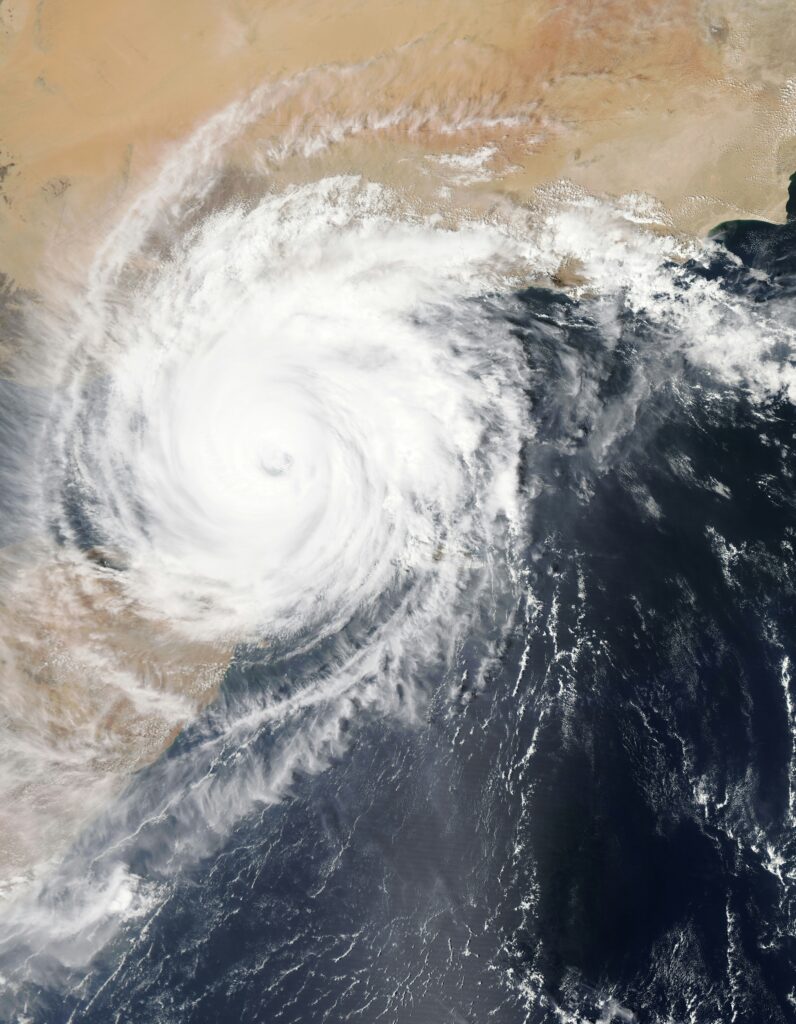The Atlantic hurricane season spans from June 1 to November 30.
Numerous misconceptions exist about securing outdoor furniture during hurricanes, including the belief in tossing them into swimming pools or draining the pool beforehand. However, both actions can pose risks and cause harm to the pool.
In the realm of nature’s fury, the Atlantic hurricane season emerges as a seasonal reminder from June 1 to November 30. Amidst the looming threat of powerful storms, misconceptions often swirl, especially concerning the safeguarding of outdoor spaces, notably swimming pools, and the surrounding area.
Ensuring the safety of your home and pool during hurricanes demands strategic preparation and adherence to recommended measures. It’s crucial to debunk common myths that could potentially jeopardize your pool’s integrity and safety.
The belief in draining a pool before a storm or using it as a receptacle for outdoor furniture might seem like protective actions, yet they carry hidden dangers. These actions can weaken pool structures or turn seemingly harmless items into hazardous projectiles in the event of strong winds.
Instead, safeguarding your pool involves a series of carefully orchestrated steps, from maintaining proper water levels for stability to securing loose objects and ensuring electrical safety. Following guidelines from reputable sources like the Florida Swimming Pool Association (FSPA) can significantly bolster your preparedness and safeguard your pool and surroundings
Here are some suggestions from FSPA to enhance storm preparedness:
- Avoid draining the pool before a storm. Maintaining adequate water levels in your pool provides crucial weight that anchors the sides and bottom in place.
- Prior to and after the storm, consider super chlorinating the pool water.
- Switch off all electrical power at the circuit breakers prior to the storm’s arrival. Safeguard exposed electrical equipment, such as pump motors, by securely covering them with plastic wrap. If flooding is anticipated, disconnect and remove them.
- High winds during storms can damage lanai screens, leading to costly replacements. To mitigate this, create a wind escape by removing screen panels on either side of the pool area.
- Secure loose items like chairs, tables, pool equipment, and toys. These items can turn into projectiles in strong winds. Avoid placing furniture or other items into the pool; it’s not recommended unless absolutely necessary due to the lack of indoor storage options.
- Post-storm, utilize a “pool rake” or similar netting devices to clear small debris from the pool. Avoid using regular pool vacuum equipment or pumps as they may clog the plumbing.
- Prior to handling any electrical equipment after the storm, ensure that everything is completely dry. Verify that circuit breakers are off before attempting to reconnect electrical equipment, such as pump motors. Examine wiring for proper connections. If electric motors have been exposed to water, seek professional inspection.
- Reset clocks, timers, etc., and balance the water chemistry. Monitor the operating systems closely for a few days to confirm they are functioning properly.
